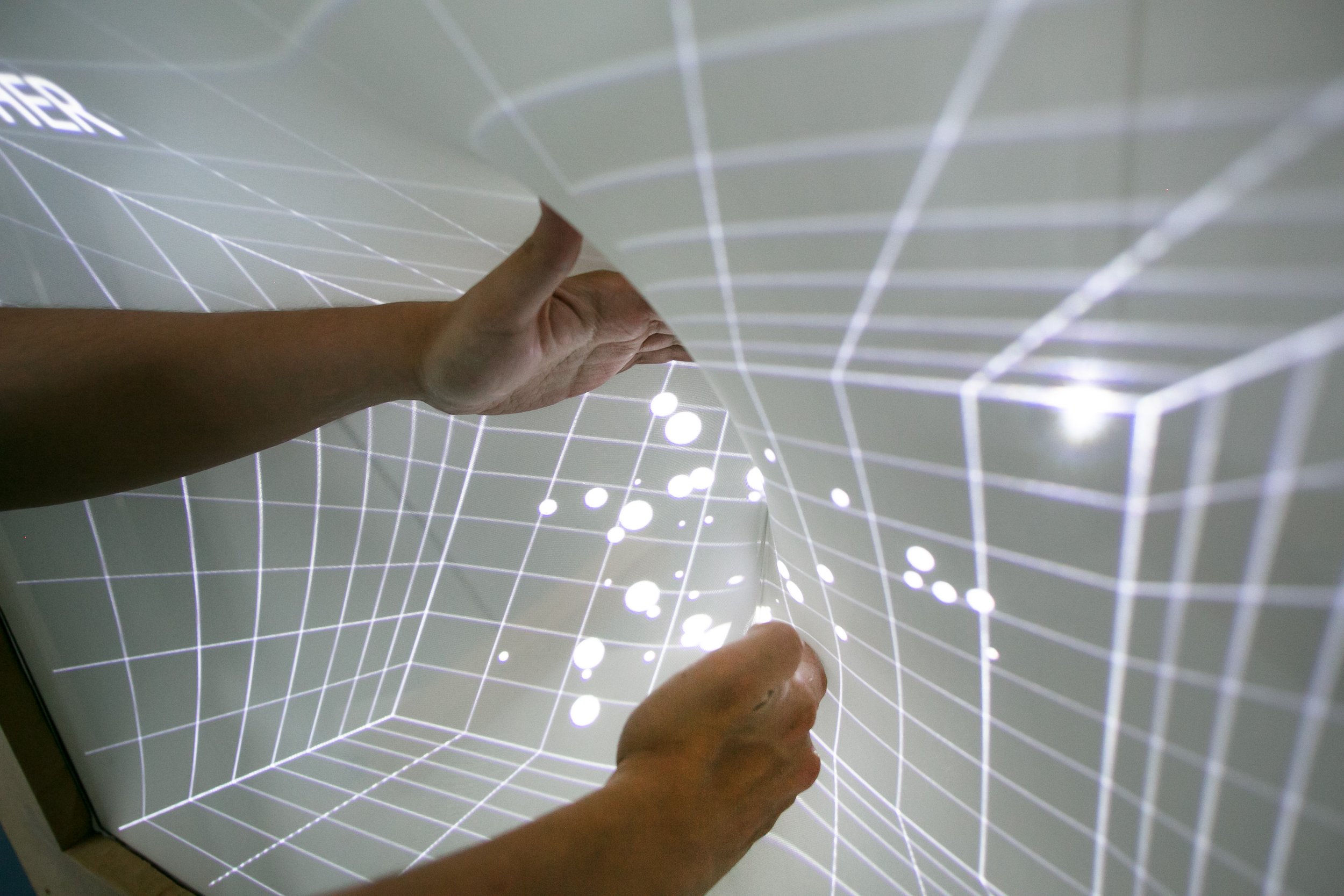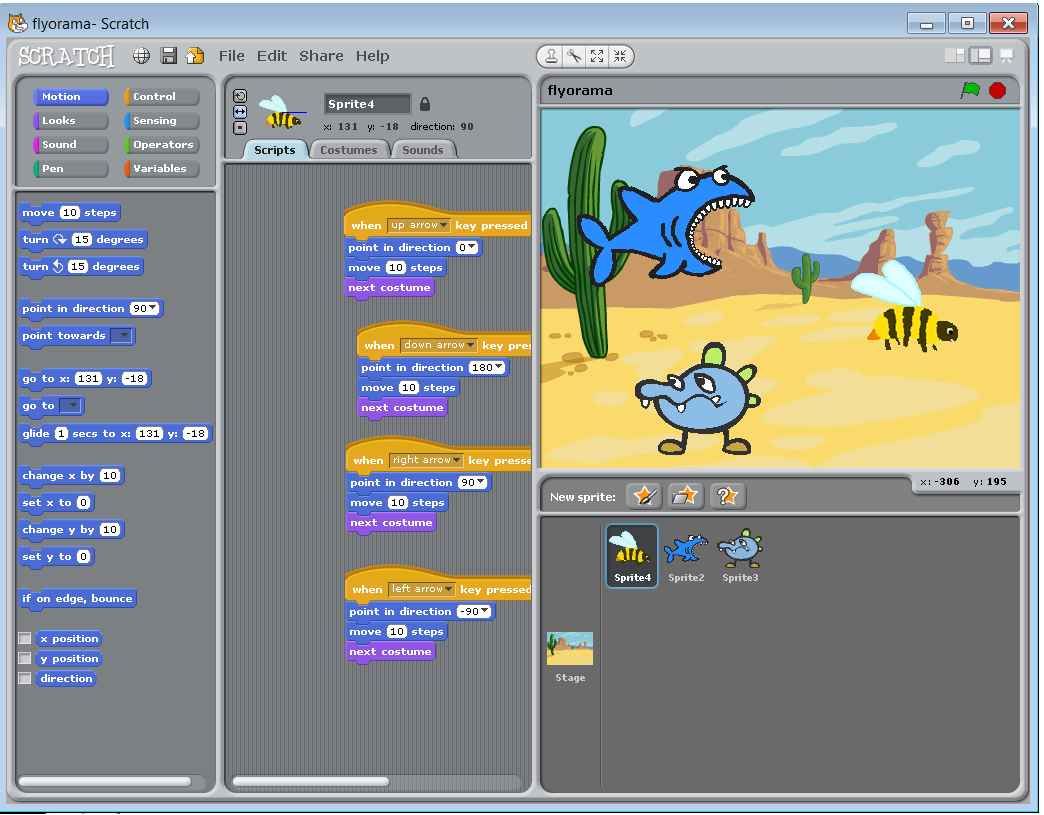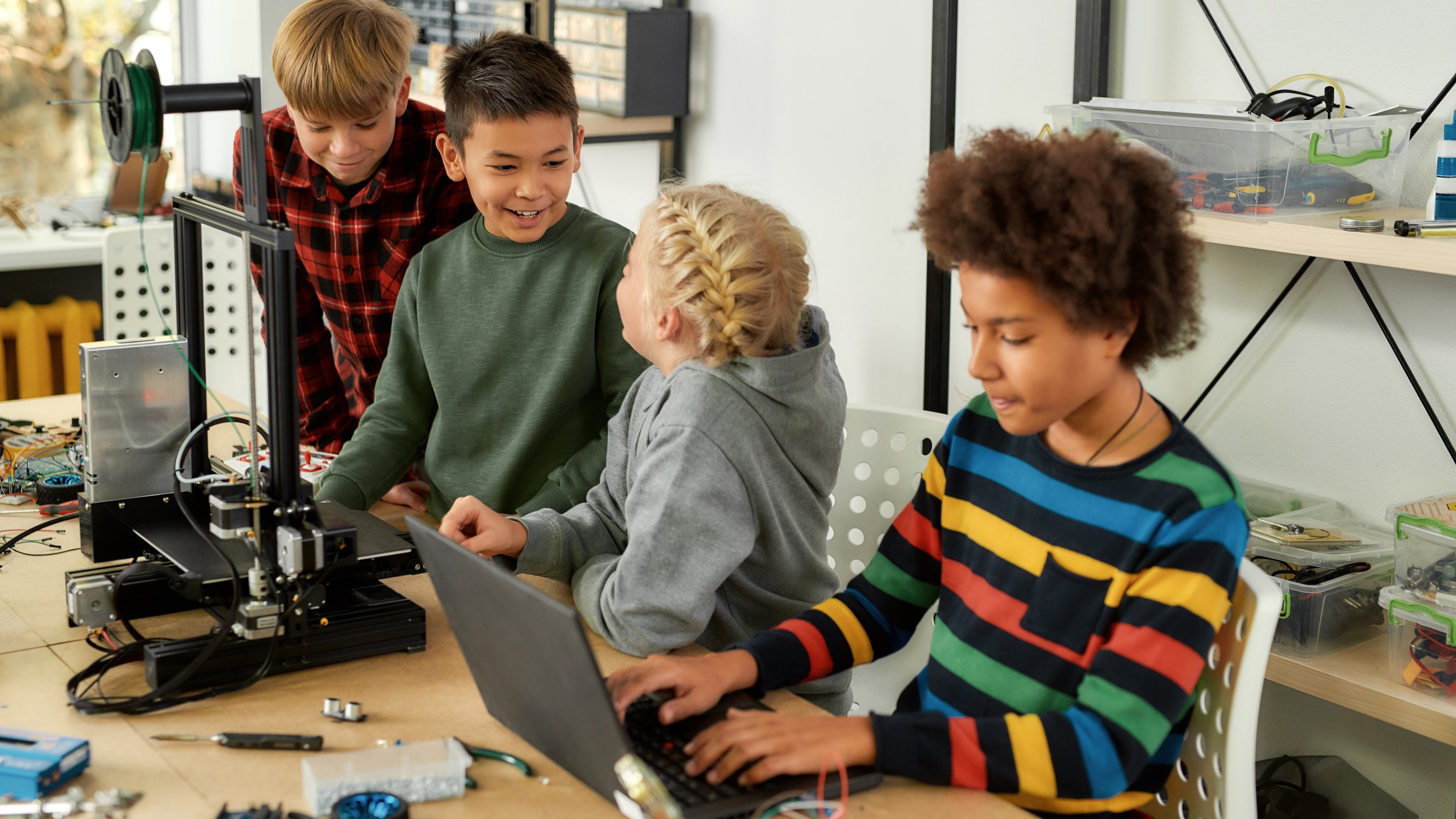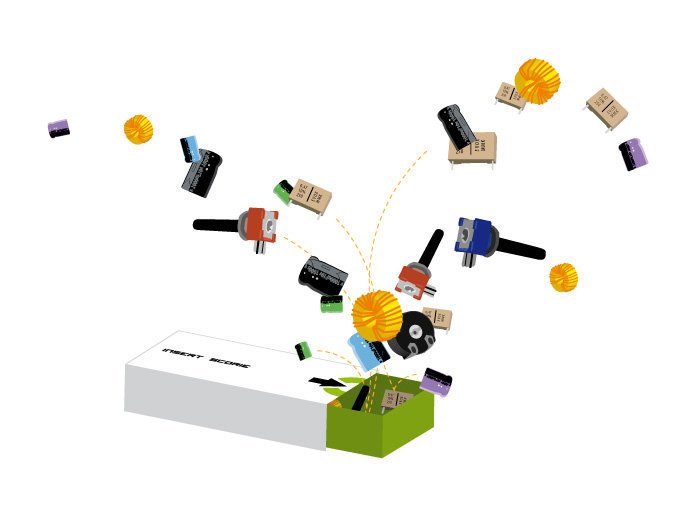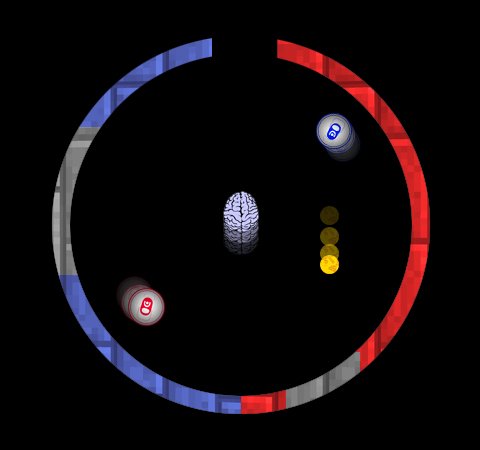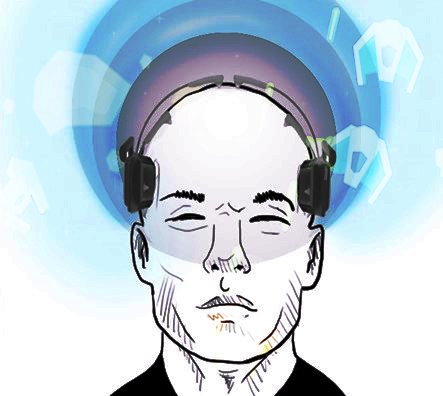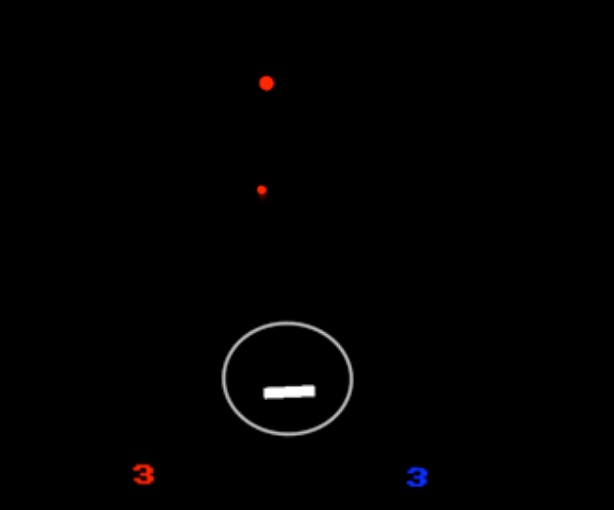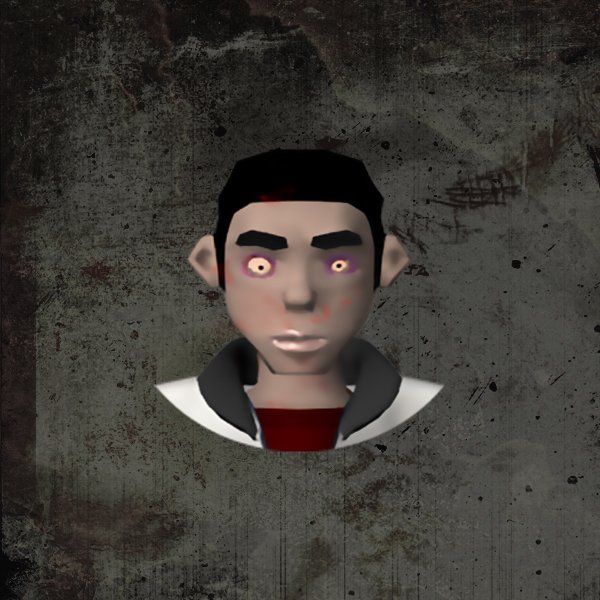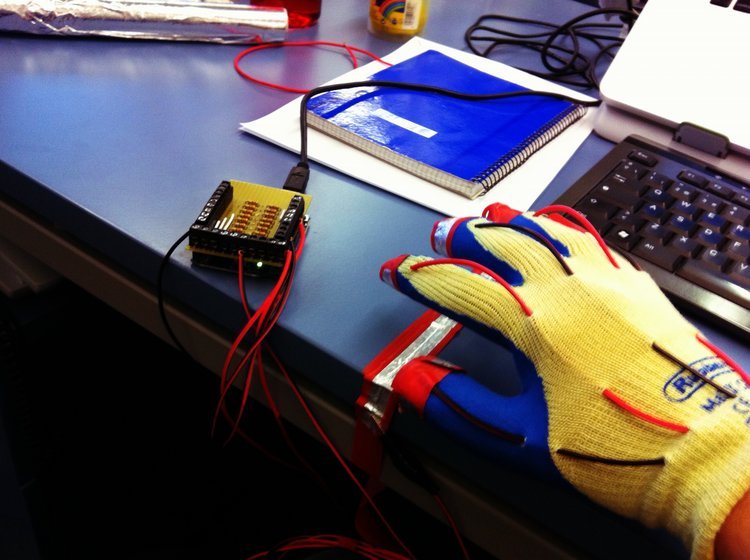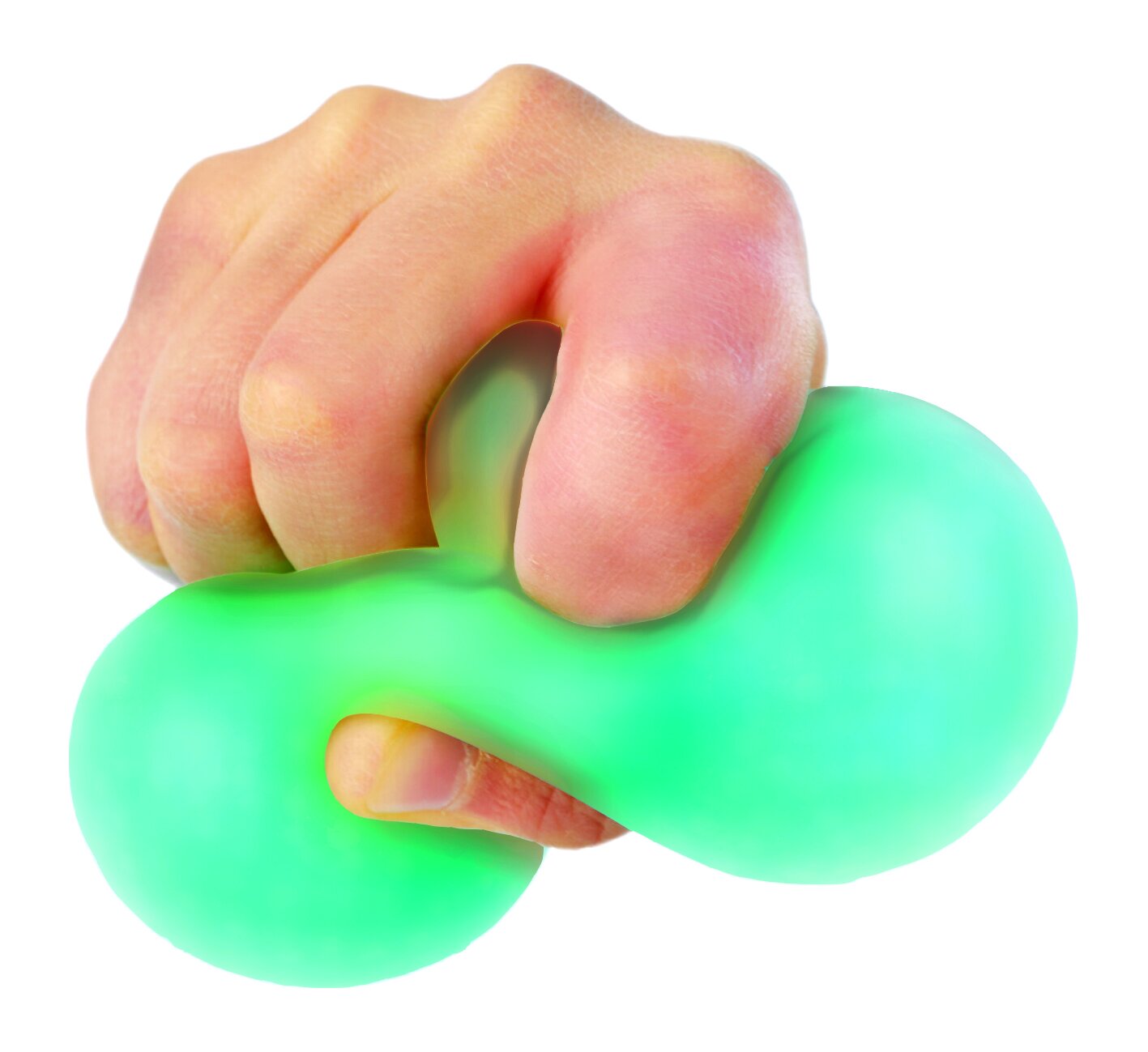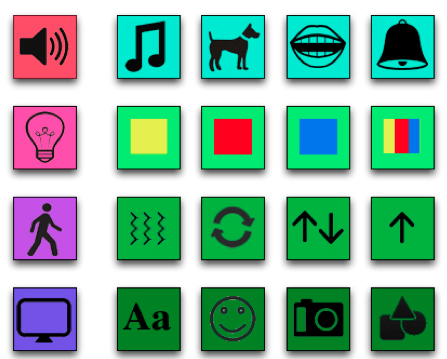Dr. Giovanni M Troiano is an Assistant Research Professor of Human-Computer Interaction and Game Design at Northeastern University (Boston).
He is appointed at the Department of Art+Design and often collaborates with other departments in his research, among which the Department of Music and the Khoury College of Computer Sciences.
He received his BS and MA in Fine Arts at the Accademia di Belle Arti di Napoli, his MSc in Interactive Media and Cognitive Systems at the Universitat Pompeu Fabra, and his Ph.D. in Computer Science - Human-Centered Computing at the University of Copenhagen.
Giovanni is a creative technologist, a designer, and a human-computer interaction (HCI) researcher. His work is focused on broadening the adoption and scope of interactive technologies, which he deploys by (1) enhancing inclusivity and diversity in technologically-mediated spaces, (2) rethinking interactive technologies from a non-normative angle, and (3) developing new HCI paradigms.
ONGOING PROJECTS
Digital Portfolio (Selected work)
News & Updates
April 4, 2019
Non-rigid hci: a review of deformable interfaces and input
The paper Non-Rigid HCI: A Review of Deformable Interfaces and Input co-authored and co-written by me and my dear colleague Alberto Boem was accepted for publication at DIS 2019. The paper does an extensive review of input with deformable interfaces and distinguishes shape-changing from deformable interfaces, proposing a new umbrella term for such interfaces, namely non-rigid interfaces. The content of the review can be easily accessed at the following link: https://deformableui.com/. I will be presenting the paper at the joint conference DIS and C&C 2019 in San Diego on behalf of Alberto and also chair the session Shape-Changing Interfaces.
January 1, 2018
POSTDOC AT NORTHEASTERN UNIVERSITY
I have started working as a Postdoc researchers at the Northeastern University, College of Art, Media, and Design (CAMD) as part of the NSF funded project Building Systems from Scratch (https://www.terc.edu/display/Projects/Building+Systems+from+Scratch) under the supervision of prof.Casper Harteveld (http://www.northeastern.edu/casperharteveld/). My responsibility are to investigate the use computational thinking (CT) metrics in constructionist learning and understand how young students learn about CT via game design and creative practices. Also I will qualitatively analyze student-designed educational games to understand their creative value and how students frame learning content with respect to constructionist learning outcomes.
June 21, 2017
CHI'15 paper cited in MIT master thesis
My CHI'15 paper Deformable Interfaces for Performing Music was cited in a master thesis from MIT by Irmandy Wicaksono. The title of the thesis is Design and Implementation of Multi-sensory Fabric as Deformable Musical Interface, and it can be downloaded at the link https://www.researchgate.net/publication/317639059_Design_and_Implementation_of_Multi-sensory_Fabric_as_Deformable_Musical_Interface
May 7, 2017
Most read conference article
With 51 reads my article SCI-FI: Shape-Changing Interfaces, Future Interactions published at NordiCHI 2016, was the most read article from all HCI publications at my former department DIKU at the University of Copenhagen.
January 23, 2017
Postdoc at UCSD (bioCaddie)
I have started working as a Postdoc researchers at the university of California, San Diego as part of a US government project funded by NIH on information retrieval for biomedical researchers. The name of the project is bioCaddie (https://biocaddie.org/) and my direct supervisor will be Dr.Jina Huh-Yoo (http://jinahuh.net/). As part of the bioCaddie team, my responsibility will be to do user evaluation of a data retrieval interface for biomedical researchers called DataMed (https://datamed.org/). DataMed is a big repository and dataset aggregator, especially targeted towards biomedical researchers and is the "dataset collector" version of PubMed (which is focused on aggregating pubblications in the medical field). As part of the user evaluation team I will be working on user experience (UX) tests, conduct interviews, analyzing users' workflows, performing heuristic evaluations, and organizing workshops following participatory design methods.
October 10, 2016
PhD defense: After Rigid Interfaces
After 3 years of work I finally defended my PhD thesis at the University of Copenhagen in front of the evaluation committee composed by Prof. Mikkel R. Jakobsen, Prof.Harald Reiterer, and Ass.Prof. Audrey Girouard. Below the abstract of the thesis:
Deformable and shape-changing interfaces are rapidly emerging in the field of human-computer interaction (HCI). Deformable interfaces provide users with newer input possibilities such as bending, squeezing, or stretching, which were impossible to achieve with rigid interfaces. Shape-changing interfaces can reconfigure their shape dynamically, providing users with new affordances and output modalities.
This thesis contributes to both the field of deformable interfaces and shape-changing interfaces through empirical research. In the area of deformable interfaces, this thesis presents two studies (1) a user study with a prototype of an elastic, deformable display, and (2) a user study of deformable interfaces for performing music. The first study reports a guessability study with an elastic, deformable display where 17 participants suggested fitting gestures for 29 tasks, including navigation and manipulation of 3D graphical objects. Results from the first study describe a user-defined gestures set for elastic, deformable displays, showing how participants used depth and elasticity of the display to simulate various deformations, rotations, and displacements. The second study investigates how musicians use deformable interfaces to perform electronic music. First, we invited musicians with different backgrounds (e.g., performers, DJs, instrument builders) to three workshops, where we made them explore 10 deformable objects and generate ideas on how to use those to perform music. Then, we implemented sensors in the five preferred objects and programmed them for controlling sounds with computer software. Finally, we ran a performance study where six musicians performed music with deformable interfaces at their studios. Results from the performance study show that musicians systematically map deformations to certain musical parameters and that deformable interfaces are generally used as tools to filter and modulate sounds.
In the area of shape-changing interfaces, this thesis presents two work (1) an analysis of sketches made by 21 participants designing either shape-changing radios and mobile phones, and (2) a large-scale analysis of 340 science fiction (Sci-Fi) movies that analyses behavioral qualities of shape change, and how they support particular functionalities of shape-changing interfaces. The first work presents an analysis of 42 sketches of shape-changing interfaces, specifically radio and mobile phone. The result of this analysis shows a range of interesting design elements, but also a lack of conventions on the use of metaphors with shape change and the need to extend present vocabulary. Also, the analysis shows how metaphors and dynamic affordances in shape change can be used to convey particular information (e.g., big-is- urgent, loud-is-up). The second work presents a large-scale analysis of 340 Sci-Fi movies that identifies instances of shape-changing interfaces. Results from the analysis reveals emergent behavioral patterns of shape change, namely Reconfiguration, Transformation, Adaptation and Physicalization.
In synthesis, the work presented in this thesis shows (1) implications of usefulness for deformable interfaces and how their new input modalities can redefine the way users interact with computers, and (2) how a systematic understanding of conventional design elements and behavioral qualities of shape change can help the design of shape-changing interfaces in the future.
June 17, 2016
SCI-FI: Shape-Changing Interfaces, Future Interactions
Our paper "SCI-FI: Shape-Changing Interfaces, Future Interactions" was accepted at NordiCHI 2016. The long paper is the result of a collaboration between the University of Copenhagen and the KAIST University of Daejeon (South Korea). Below the abstract of the paper:
Shape-changing interfaces (SCI) are rapidly evolving and creating new interaction paradigms in human-computer interaction (HCI). However, empirical research in SCI is still bound to present technological limitations, and existing prototypes can only show a limited number of potential applications for shape change. In this paper we attempt to broaden the pool of examples of what shape change may be good for by investigating SCI using Science Fiction (Sci-Fi) movies. We look at 340 Sci-Fi movies to identify instances of SCI and analyze their behavioral patterns and the context in which they are used. The result of our analysis presents four emerging behavioral patterns of shape change: (1) Reconfiguration, (2) Transformation, (3) Adaptation, and (4) Physicalization. We report a selection of SCI instances from Sci-Fi movies, which show how these behavioral patterns model functionalities of shape change and what they can do. Finally, we conclude by providing a discussion on how our results can inspire the design of SCI.

